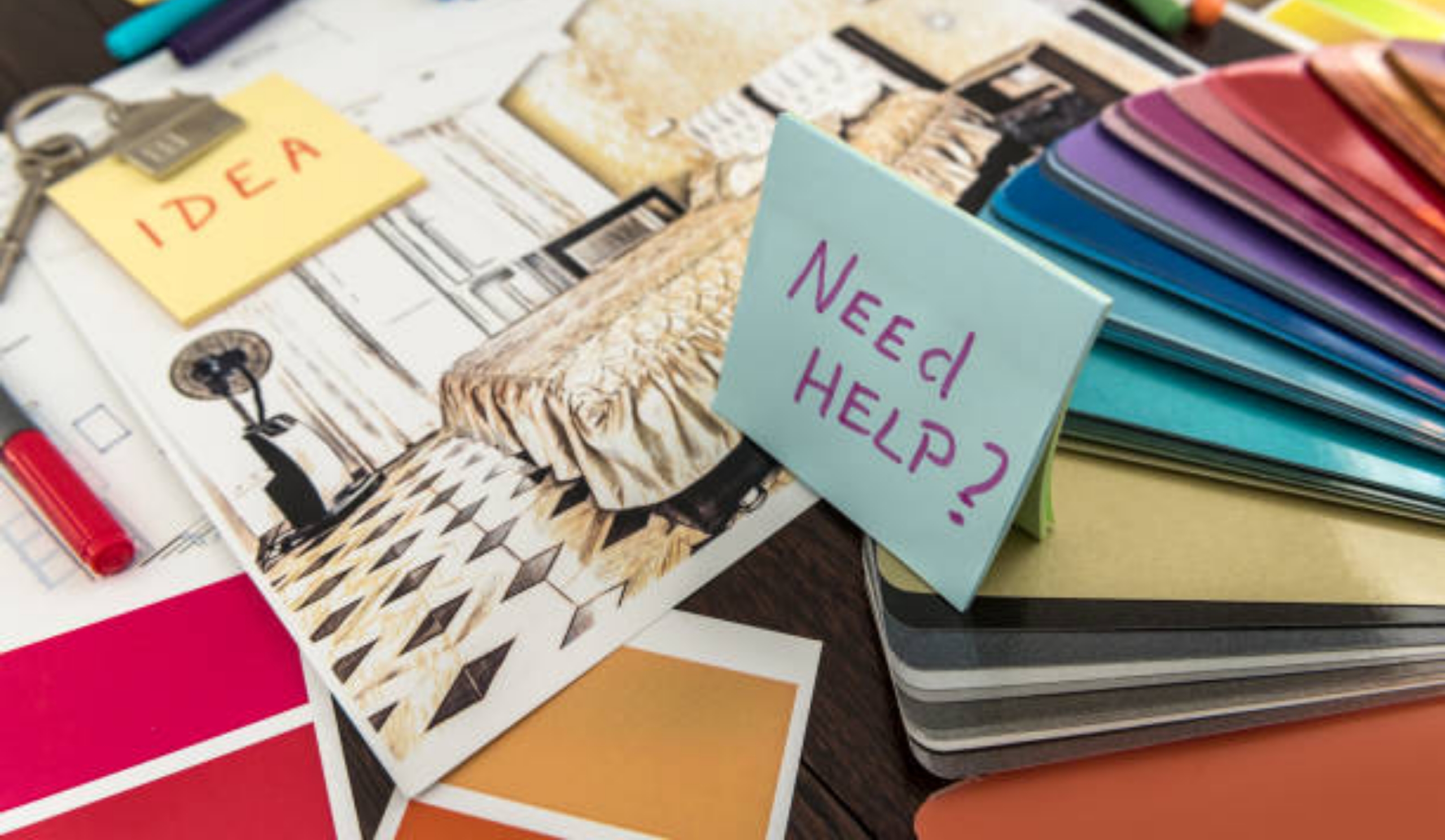Interior design can completely transform the way your home feels—but even the most stylish ideas can go wrong if not executed carefully. Whether you’re redesigning your entire house or simply refreshing one room, avoiding common interior design mistakes can save you time, money, and frustration.
Here are the top 5 interior design mistakes to avoid if you want your home to feel beautiful, balanced, and functional.
1. Ignoring a Proper Layout
One of the most common mistakes is not planning the layout before starting. People often choose furniture or decor items without considering how they’ll fit or function in the space.
Solution: Always measure your space before buying furniture. Sketch a basic floor plan or use free online tools to plan the layout. Make sure there’s enough space to walk comfortably around furniture and that everything feels balanced.
2. Choosing Paint Colors First
Many homeowners choose paint colors before they’ve finalized furniture or decor—but this can lead to mismatched designs. It’s harder to find furniture and textiles to match a wall color than the other way around.
Solution: Finalize your furniture, rugs, and key decor pieces first. Then choose a wall color that complements everything. Neutrals are safe for walls, while your decor can bring in pops of color.
3. Poor Lighting Choices
Lighting is often overlooked, but it can make or break your interior design. Relying only on ceiling lights or using too much white light can make a room feel cold or dull.
Solution: Use a combination of lighting types—ambient (overhead), task (reading or work areas), and accent (decorative). Warm white bulbs (2700K–3000K) create a cozy atmosphere, while daylight bulbs work well in kitchens and workspaces.
4. Too Much Matching
While it’s good to have a cohesive look, making everything match perfectly can actually make your space feel boring and lifeless. For example, using the same color for the sofa, curtains, cushions, and rug creates a flat look.
Solution: Mix textures, tones, and materials. Combine wood with metal, soft fabrics with rough textures, or modern pieces with a touch of vintage. Contrast adds character and depth to a room.
5. Overcrowding the Space
Filling every inch of space with furniture or decor is tempting, but it can make your home feel cramped and cluttered. This is especially a problem in small homes or apartments.
Solution: Follow the “less is more” approach. Leave breathing room between furniture pieces. Choose multi-functional furniture that offers storage and visual space. Remember, empty space is part of good design.
Conclusion
Great interior design is not just about trends—it’s about creating a space that reflects your personality while remaining functional and comfortable. By avoiding these common mistakes, you can create a home that not only looks good but feels right.
Whether you’re DIY-ing your interiors or working with a designer, keep these tips in mind to avoid costly and frustrating errors. Your home deserves thoughtful, intentional design—and you’ll love the results when you get it right.

